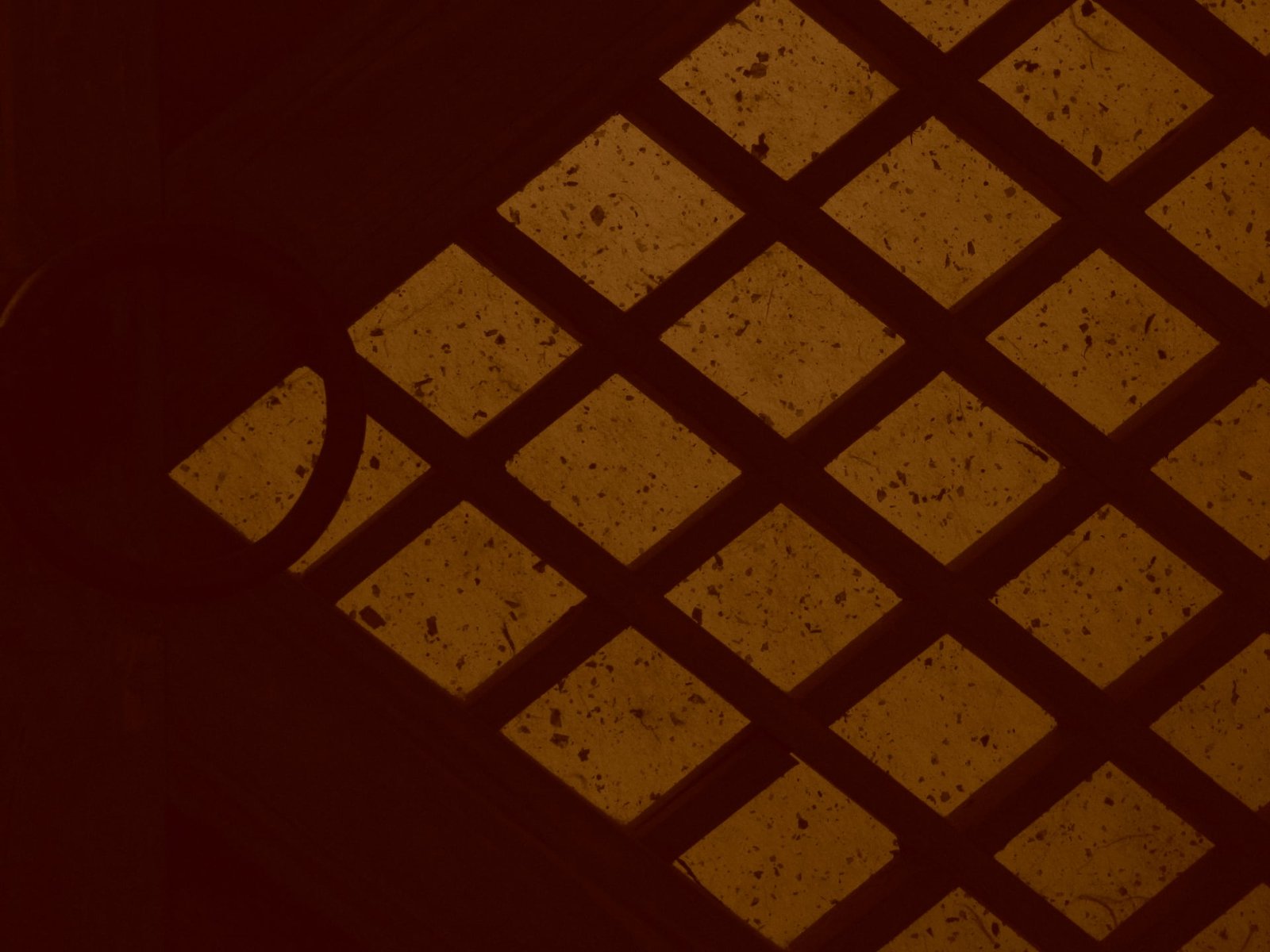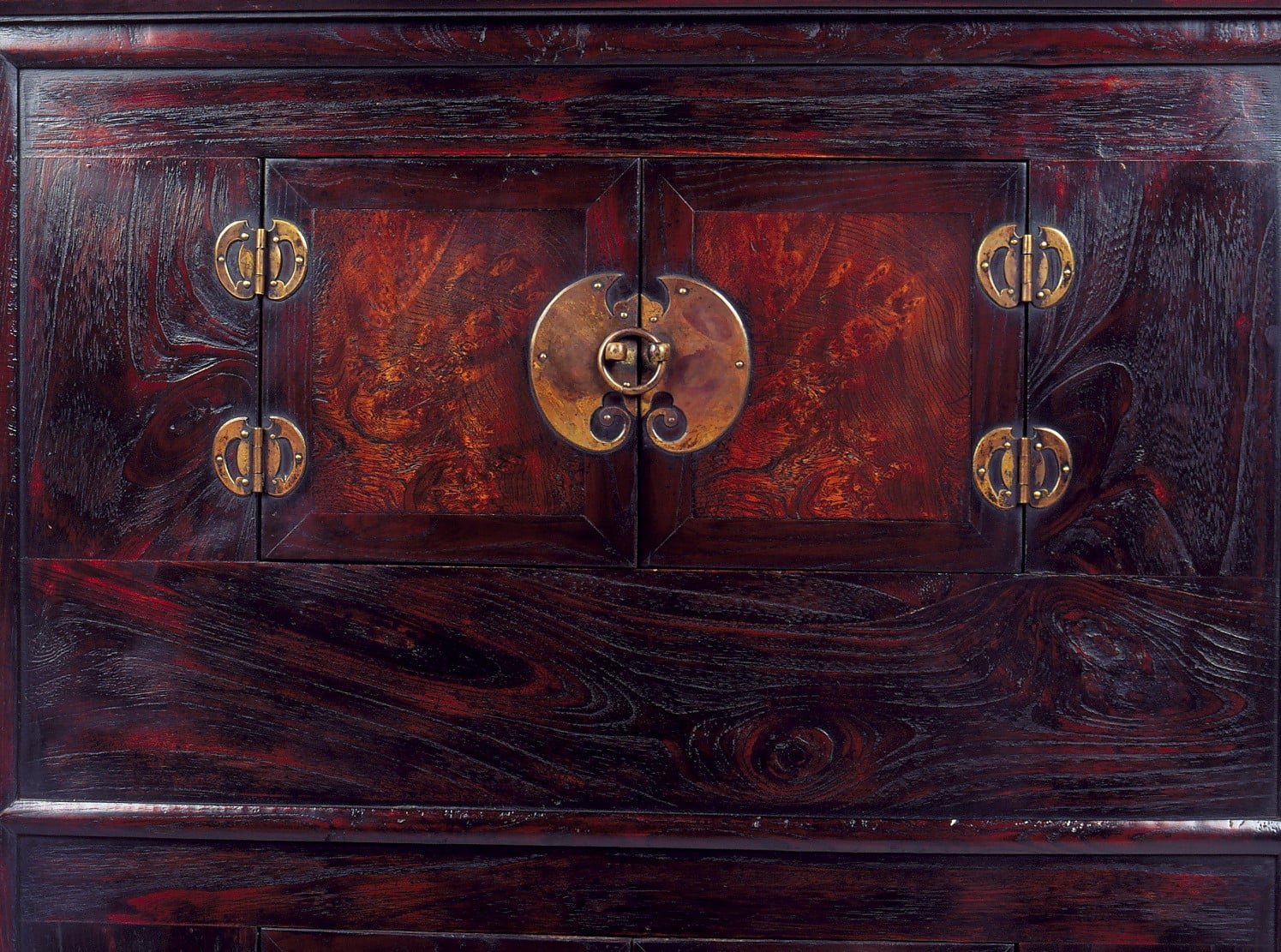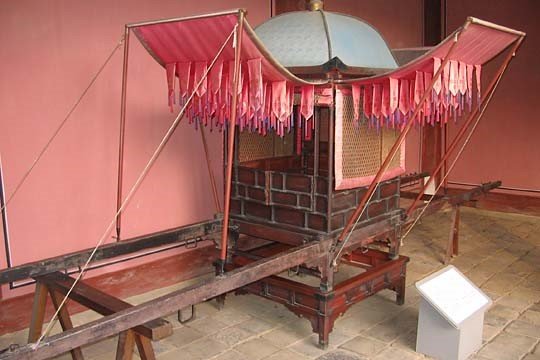Fish-shaped locks were among the most commonly found items in Korean homes. Just like the turtle, the fish symbolized protection, with their vigilant eyes always open. These fish-shaped locks would safeguard possessions while household members slept. Crafted from metal molds, these whimsically designed yellow brass locks were used to secure wardrobe armoires, wedding trousseau boxes, […]







